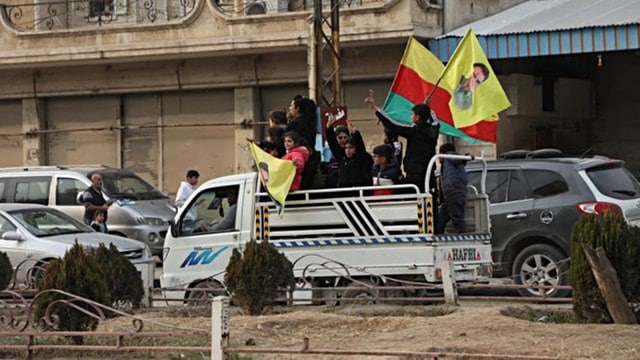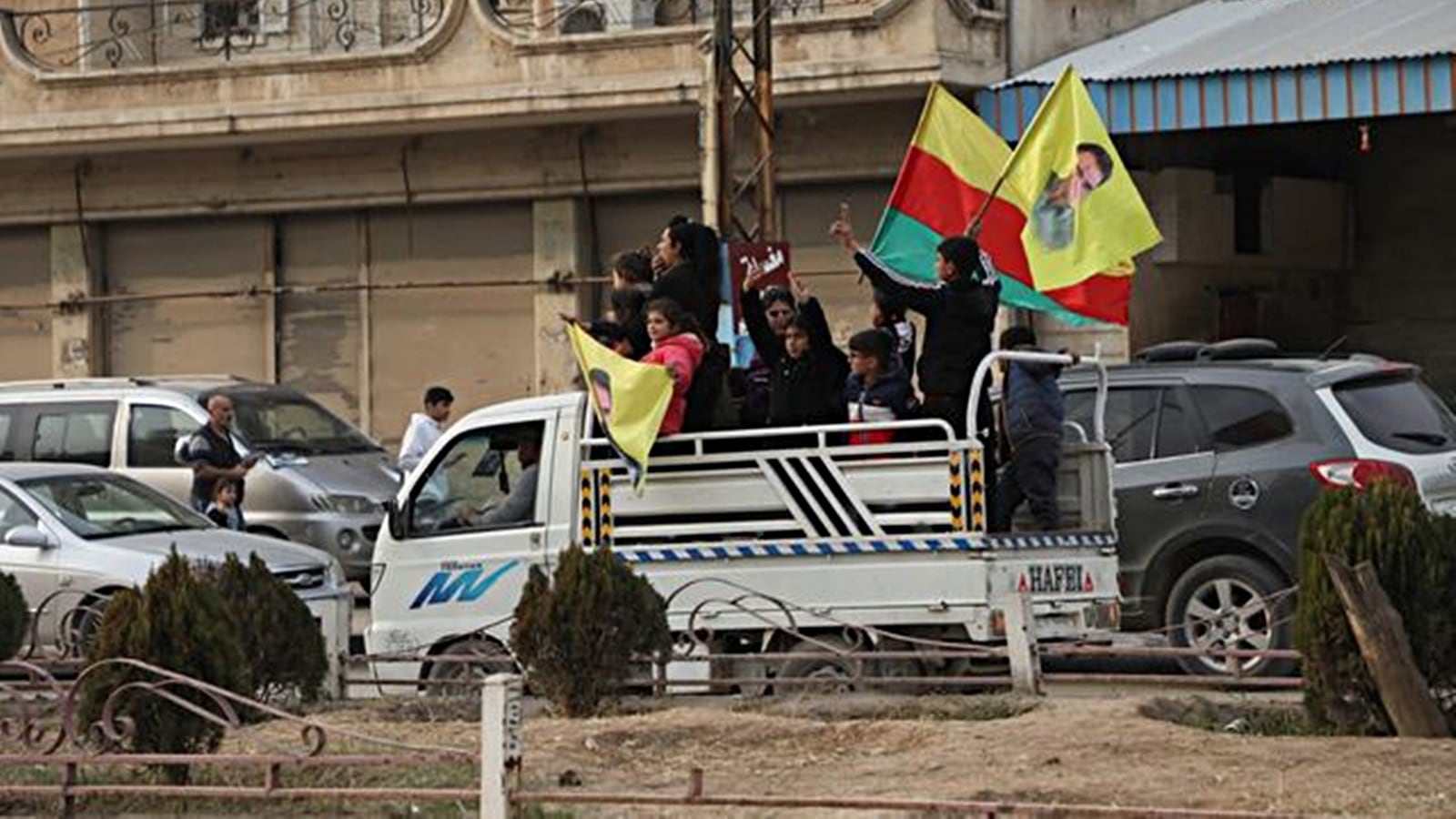

Dec 9, 2024 13:48 IST First published on: Dec 9, 2024 at 13:40 IST
The speed at which the situation in Syria has spiralled into anarchy defies all logic. With the availability of the best surveillance systems, eyes in the sky, eavesdropping capabilities and artificial intelligence, there should hardly be scope for strategic surprise in the world of military and quasi-military affairs. Yet, with uncanny frequency, turbulence festers under the scanner to burst out with a vengeance. We are well past the stage where one could luxuriously explain the backdrop of this hugely complex problem which has the potential to upset the entire apple cart in the Middle East. The number of players in the fray, along with ideologies and multiple other interests, complicate the situation beyond measure.
A brief recall may be necessary. The issue here is the collapse of the Bashar al-Assad regime which represents the Ba’ath Party; the latter has been in power in one form or another since 1963. Syria has largely been a secular society; while promoting plurality, an Alawite (Shia) minority has ruled without any pretence of democracy. It has been strategically aligned with Shia Iran from where Syria has received much of its weaponry and funding. The existence of a pro-Iran regime in Syria facilitated Iran’s proxy war strategy in the Levant. A civil war broke out in Syria in 2011 after the Assad regime targeted exponents of the Arab Spring who were demanding greater democracy. It raged till 2018, involving a plethora of players with interest in the region. First was the US, which supported the rebels against the Assad regime due to the latter’s anti-Israel, pro-Iran approach. There were several Sunni radical groups such as Al-Nusra and ISIS, all breakaways from Al-Qaeda, not necessarily aligned with the Syrian opposition.
The second was Iran whose entire strategy of control of the Levant — through proxies steered by its Islamic Revolutionary Guard Corps — and hence, the ability to threaten Israel, was contingent upon an aligned Syria. Hezbollah extended this control into south Lebanon. That brought in Israel, too.
Third was Russia, with its deep interest in a foothold in the Middle East, particularly in the various facilities around the strategic port city of Latakia on the Mediterranean, the only warm-water base with the Russian Navy outside the Black Sea. The advent of ISIS in 2014 complicated matters as it fought against every other element. The Gulf nations, led by Saudi Arabia and Turkey, too joined indirectly in support of the opposition forces against Assad, converting a political civil war into an ideological one.
After the defeat of ISIS in 2018, the civil war ebbed. The pandemic in 2020-21 saw it at a very low pitch. The chaotic withdrawal of the US from Afghanistan, the Ukraine war and then Gaza — all of these took attention away from Syria between 2020 and ’23. However, control of the Levant was with Iran. Which is why it is surprising that the Hayat Tahrir al Sham (HTS) managed to build itself up to such a militarily powerful position as to rout the Syrian Army. HTS was a progressively evolving organisation which morphed from the Al-Nusra Front, which had itself split from Al-Qaeda in 2016.
Most sources say that Damascus is now in the hands of the HTS, as are the major cities of Aleppo and Homs. Initial analyses can only point to two or three reasons for the meltdown. First, the utter mismanagement of governance by Assad, leading to the people’s support switching completely to the opposition. Second is the weakening of the Iranian hold over the Levant as a result of the erosion of Hezbollah in south Lebanon over the last 15 months, and particularly since the recent Israeli offensive. Third, the deterrent presence of Russian Special Forces and the Russian Air Force became less effective as the Ukraine war had a debilitating effect on Russian capability in the Middle East. A weak counter attack by the Russians last week was followed by a closure of all assets. While no reasons as yet can be ascribed to the lightning rise of HTS, there are enough fingers being pointed at potential stakeholders such as the US which had also been accused of raising and funding ISIS before it went out of control. The positive signals thus far are some reassuring statements from HTS leader Abu Mohammad Al-Jolani, although his credibility remains questionable.
most read
It’s important to understand the likely immediate effects of the overthrow of Assad. First, Iran’s supply chain to Hezbollah is now compromised, thus potentially delaying or making impossible the refurbishment of its military capability to take on Israel. Israel’s approach to the ceasefire may also change due to this. Second, this will have an indirect effect on the war in Gaza where Israel can make military victory the focus of its resources and attention. Third, the Russian absence strengthens American stakes and, potentially, Saudi influence in the Levant, although Saudi strategic focus appears to be changing. It is after many years that Iran’s capability to influence a rising Shia crescent has been curbed. We should hope that HTS does not evolve along the lines of ISIS, declaring Caliphate. Otherwise, another theatre of war would open up on the Levant front, much like in 2014. The likelihood of Iran accepting this situation with a strategic disadvantage to itself is small. It may calibrate its response to regain its stature. Hopefully, that should not mean the start of a missile-and-rocket war against Israel. The Middle East is indeed welcoming Donald Trump in strange ways.
The writer is a former corps commander of the Srinagar-based 15 Corps. Views are personal


